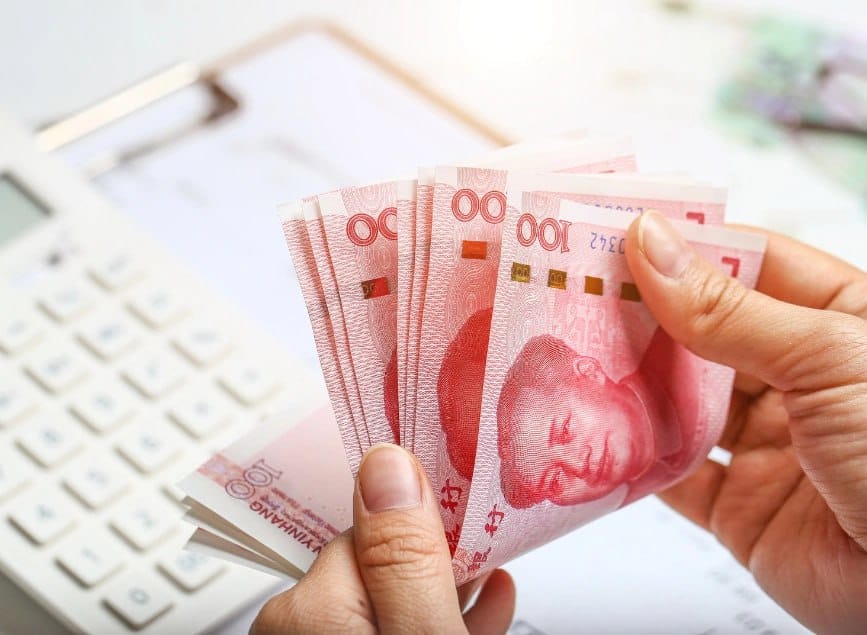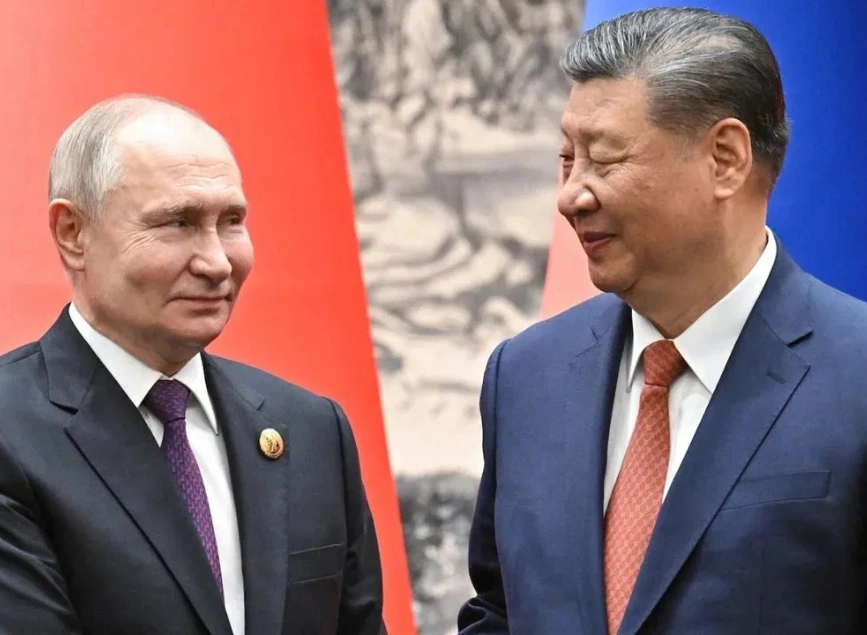
China’s central bank kept interest rates unchanged
The People’s Bank of China (PBOC) decided to keep its benchmark interest rates unchanged for September, aligning with market expectations. The one-year loan prime rate (LPR), which serves as the reference for most corporate and household loans, remained at 3.35%, while the five-year LPR, used as a benchmark for mortgage rates, stayed at 3.85%. Both rates have been held at these record lows since an unexpected rate cut in July 2024.
Stability Amid Economic Uncertainty
The decision to maintain rates comes as the PBOC continues to balance the need for economic stimulus with concerns about rising debt levels and inflationary pressures. By keeping the rates steady, the central bank aims to support economic growth while avoiding further strain on the financial system. China has been grappling with a sluggish recovery following pandemic disruptions, weak domestic demand, and ongoing property market challenges, which have led to slower-than-expected economic growth.
Record-Low Rates and July’s Rate Cut
The current interest rate levels are at historic lows, following the unexpected rate cut in July, when the PBOC lowered both the one-year and five-year LPRs in a bid to inject liquidity into the economy. The July cut was designed to stimulate borrowing and spending, particularly in the corporate and real estate sectors, which have been under pressure. However, despite the low rates, demand for credit remains subdued as businesses and consumers exercise caution amid uncertain economic conditions.
Economic Outlook
While the PBOC’s decision to hold rates steady was widely anticipated, there is growing speculation about the need for further monetary easing in the future. Weakness in the property market, coupled with declining exports and softening consumer spending, has prompted calls for additional support measures to bolster the economy. However, the central bank is expected to tread carefully, balancing its policy response with the risks of further debt accumulation and potential financial instability.
Share
Hot topics

What Is Forex Fundamental Analysis?
Forex trading can seem confusing from the outside. Charts move quickly, prices change every second, and traders talk about pips (the smallest unit of price movement), spreads (the difference between...
Read more




Submit comment
Your email address will not be published. Required fields are marked *